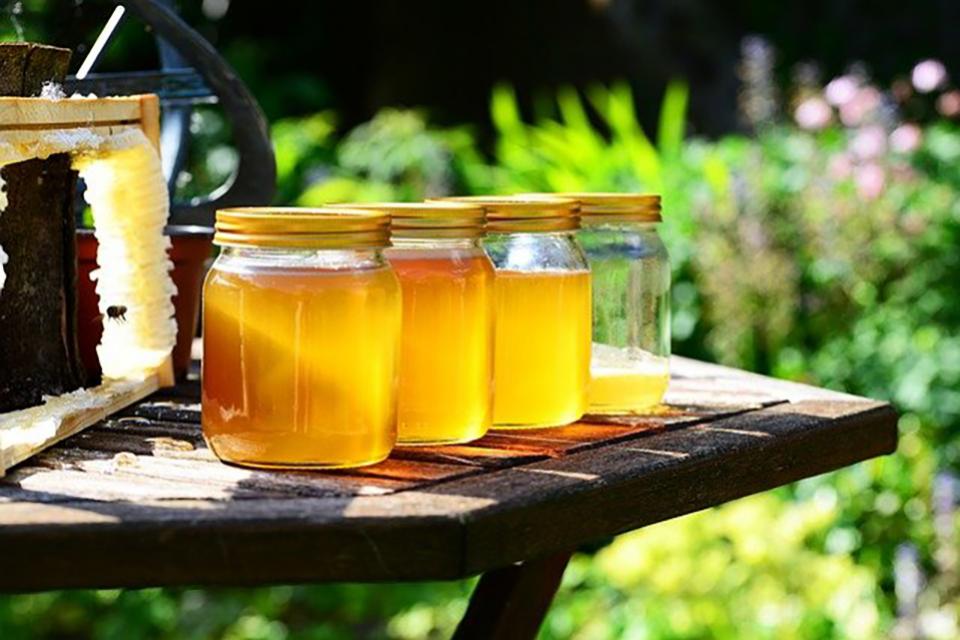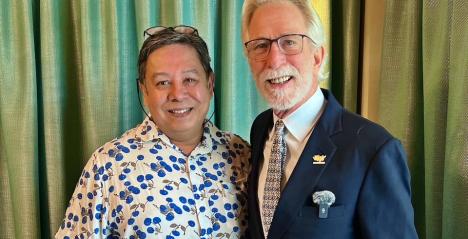There are over 300 varieties of honey in this world. Depending on the flower the nectar is sourced from, the flavour and the health benefits of honey will vary. Despite honey’s diversity, it can be classified into two primary categories: monofloral or polyfloral source.
- Monofloral source: Honey varieties made with nectar from a singular type of flower fall under this category. Due to the unique characteristics of different nectar sources, monofloral honey usually has a distinct flavour and colour. To produce this type of honey, beekeepers must keep their hives in an isolated area where their bees have access to only one variety of floral plants.
- Polyfloral source: On the other hand, polyfloral honey comes from the nectar of multiple types of flowers. Usually, when bees have access to different types of floral plants, beekeepers can produce polyfloral honey.
Now that you understand the different honey sources, it's time to see what varieties are available in the market. In Singapore, there are four popular honey types you can choose from.
Manuka honey
Pure Manuka honey can only be sourced from a Manuka bush native to New Zealand and Australia. As such, it falls under the monofloral category.
It usually has a thick and dense consistency with an opaque yellow-brown appearance. Its flavour can be characterised as earthy, rich, and complex.
This high-quality honey has become popular because of its incredible health benefits and potent antibacterial properties. Unlike other honey types, Manuka honey's antibacterial component comes from a natural chemical called methylglyoxal (MGO), which effectively treats stomach ulcers, colds, indigestion, sore throats, burns, and acne. What's more, it can boost the immune system to enhance your overall health.
Wildflower honey
Wildflower or wilderness honey is derived from the nectar of several types of flowers. As such, it falls under the polyfloral category.
It has a colour, taste, and intensity that can vary depending on the sources of nectar and harvest season. However, typically, wildflower honey is light and fruity.
Likewise, its health benefits may differ, but you can expect the primary antioxidant and antibacterial properties often associated with most honey varieties. Despite this, many believe that wildflower honey can fight seasonal allergies.
Dew Honey
Another polyfloral honey type is dew honey. Also known as forest honey, this is derived from the vast rainforests, specifically from trees and sap-producing plants. It has a deep, dark brown appearance and a malty and woody flavour.
In terms of its health benefits, many believe that it contains higher amino acids and minerals than floral honey. Depending on the source, it may also have higher antibacterial properties caused by more elevated glucose oxidase levels.
But of course, because of its polyfloral nature, it's hard to pinpoint the specific benefits unique to this type of honey. Regardless, this remains one of the most popular honey in Singapore.
Fruit-based honey
Fruit-based honey types like lemon, orange, blueberry, and avocado honey are also available in the market today. They generally fall under the monofloral category and have a light and aromatic quality that alludes to their specific fruit source.
For instance, lemon honey has a golden-yellow appearance and a sweet but zesty flavour. Its lemon juice extract gives it its high vitamin C and antioxidant content to revitalise the body.
Blueberry honey, on the other hand, has a pleasantly sweet flavour with a slightly tangy aftertaste reminiscent of blueberries. In addition, it has antibiotic properties that can help treat chronic illnesses like hypertension, heart disease, diabetes, and osteoporosis.
Among more than 300 honey types, these are four of the most popular varieties you can buy in Singapore. Every variety promotes a specific flavour and set of health benefits. So, be sure to understand what each can offer to find a honey type that suits your discerning taste and preferences.











